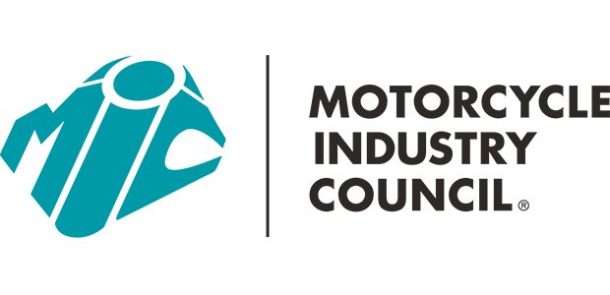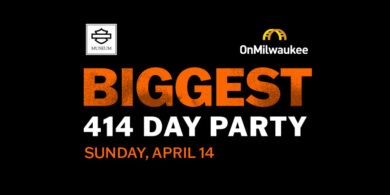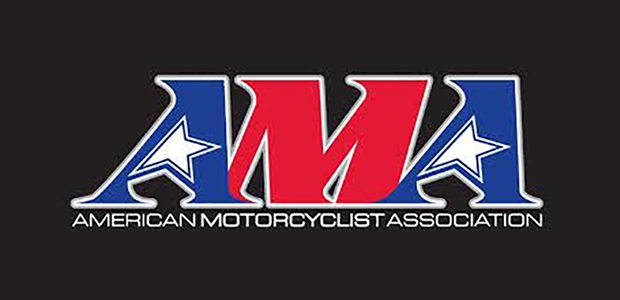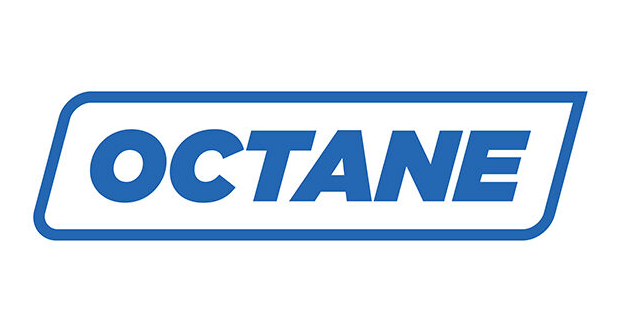2003 U.S. PWC unit sales
May sales slip 8% but June up 1%,
July looks strong
EDITOR’S NOTE: During June, Power Products Marketing conducted a survey on behalf of Powersports Business among 150 PWC dealers across the U.S. These dealers collectively accounted for about 25% of the U.S. eight-month 2003 model year-to-date sales, which is an exceptionally high sample.
Dealers with sales fewer than 15 units were not included in our sample. We asked these dealers specific questions pertaining to their PWC business. We supplemented this research with recent reported industry information obtained from several knowledgeable industry sources.
May year-to-date U.S. PWC retail sales were between 8%-9% below levels from a year ago, including estimates for Honda’s unreported models, according to dealers and industry sources. May month sales were about 8% below the May 2002 mark.
Contributing in large part to the decline in the Northeast U.S. and much of the Midwest was cold and rainy weather during the early spring. Unfavorable weather during the late spring h urt sales in the Southeast U.S.
May year-to-date at eight months used to be the half way point in PWC season sales, although in recent years this ratio has slid toward 40% and could dip well below that for 2003.
There appears to have been a shift in weather patterns over the last five to six years through much of the Midwest U.S. with mild winters followed by cold, rainy springs.
The Northeast U.S. has also experienced cold, rainy springs in four out of the last five years, we’ve been told. People who used to be able to put their boats in the water as early as April have had to wait until as late as June in some locales.
We believe these unfavorable conditions have adversely affected PWC sales in recent years.
The latest news we received before going to press is that June U.S. PWC sales were about 1% ahead of June 2002 results, including Honda sales estimates. This would put year-to-date June sales at about 5%-6% behind the previous year.
The final July-September quarter in the 2003 season, which could account for about 40% or more of this season’s sales, could offset this spring shortfall.
By our calculations, an 8% increase in this final quarter would bring this season’s sales about even with 2002, which is what many predicted as far back as last fall.
Early indications are that PWC sales were exceptionally strong during the first week of July.
An ongoing challenge for OEMs is to try to keep prices on the premium models below the $10,000 threshold where entry level I/O powerboats with trailer packages are selling and comparable perceived value can be an issue.
Current/Non-Current Sales Ratio
Although we have no reliable hard data to go on, we believe there has been an improvement in the current/non-current ratio this year based upon recent top 10 model sales.
Our best estimate is that this ratio could stand at about 85/25 compared to the 80/20 ratio that held relatively constant over the last couple of years.
3-Seaters Increase Penetration
Three-passenger PWC continue to increase their share of the overall market. In mid-season 1999, 54% of all PWC were three-passenger. A year ago, this figure had increased to 74%, including estimated unreported Honda sales.
Through June of this year, the percentage has surged to over 80% of sales. In fact, three-seater unit sales to date have actually increased this year, although by just 1%.
Other Sales Trends
With the increased penetration of three-passenger PWC, two-passenger PWC sales continue to drop in share and now are at about 18%-19% of the total, mostly consisting of high performance, or musclecraft, models. A year ago, this share was about 26% penetration. Over the last year, two-passenger PWC unit sales have fallen by over a third.
Meanwhile, direct injection (DI) and four-stroke PWC continue to increase their penetration against traditional two-stroke power plants.
According to the latest data, DI and four-stroke engines now represent about 60% of total sales, including estimates for Honda.
We estimate the ratio of DI to four-stroke engines is 40/60 with four-stroke engines gaining in popularity.
May Month-End Inventory Levels
Based upon the responses of 122 of the 150 dealers we surveyed, new PWC inventory levels at dealerships at May-end were nearly equal to those from the previous year, declining by just one half of 1%. In fact, field inventories were nearly identical to the year-to-date May sales levels that were reported by our sample of dealers.
Wholesale shipments are reportedly down between 2%-3% to date. The only OEM with an abnormally high level of PWC field inventories appears to be Sea Doo, although indications are these also have been gradually declining.
2003 Dealer Orders
In June 2002, the dealers we surveyed indicated they would be ordering 19% fewer PWC for the 2003 season. By October, though, this pessimism had improved considerably to essentially a flat scenario.
According to our latest poll, 117 of 150 dealers surveyed said their orders are expected to increase between 1% and 2% this year compared to last year.
Methodology
Our 150 dealer survey was segregated into four U.S. regions corresponding to the motorcycle industry regional alignment: Eastern, Southern, Midwest and Western.
In the Eastern Region we telephoned 22 dealers by state as follows: NH (2), MA (4), CT (3), NY (8), NJ (4) and RI (1).
In the Southern Region, we telephoned 54 dealers by state as follows: VA (4), NC (3), SC (4), GA (4), FL (11), TN (3), KY (3), AL (2), MS (4), AR (2), LA (3), TX (8) and OK (3).
In the Midwestern Region, we telephoned 52 dealers by state as follows: NE (2), KS (1), MO (5), MN (5), IA (2), IL (5), WI (10), MI (13), IN (4) and OH (2).
In the Western Region, we telephoned 22 dealers by state as follows: CA (12), AZ (2), ID (1), WA (4), UT (1) and NV (2).




